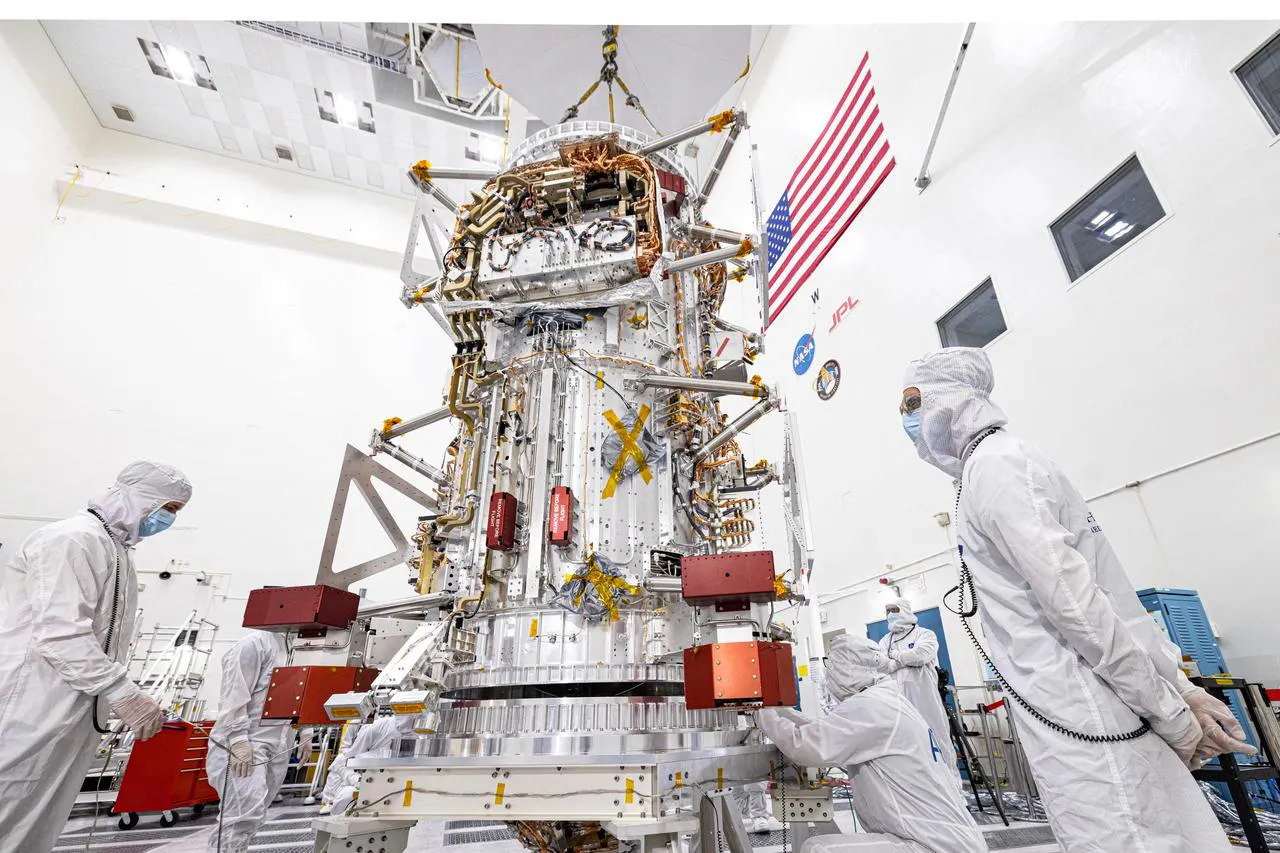NASA Launches Europa Clipper To Explore Jupiter's Ice-Covered Moon
NASA's Europa Clipper has launched to explore Europa, one of Jupiter's moons. The mission will use advanced instruments to investigate potential subsurface oceans and the presence of organic compounds.Monday, October 14th 2024, 11:07 am
NASA launched the Europa Clipper on Monday from Kennedy Space Center in Florida. As NASA's largest interplanetary spacecraft, it will conduct a detailed survey of Europa, one of Jupiter's moons.
What is Europa?
Europa is the fourth largest of Jupiter's 95 moons and about 90% the size of Earth’s Moon. Its surface, covered in water ice, reflects five and a half times more sunlight, making it much brighter.
Scientists believe that beneath Europa's estimated 10-15-mile-thick icy surface lies a saltwater ocean, ranging from 40 to 100 miles deep, which holds twice the amount of water found in all of Earth’s oceans combined. This moon is regarded as one of the most promising locations in our solar system for finding environments that could support life.
 Image Provided By: NASA
Image Provided By: NASA
Fun Fact: The moon was first observed by Italian astronomer Galileo Galilei in 1610 through a handmade telescope. He initially thought the bright dots around Jupiter were distant stars but realized they were moons orbiting the planet after observing their movement over several nights.
Mission Details:
Europa Clipper will perform approximately 50 close flybys of Europa, gathering detailed measurements from altitudes as low as 16 miles above the surface. Each flyby will target different locations on the moon to scan nearly its entire surface.
The spacecraft will use cameras, magnetometers, radar, and mass spectrometers to determine if there is a saltwater ocean beneath the icy crust and to check for organic compounds. Understanding the nature of the ice shell and the ocean’s composition is a key goal of the mission.
 Image Provided By: NASA
Image Provided By: NASA
Spacecraft Design & Protection:
The Europa Clipper is specially designed to collect essential data while protecting itself from Jupiter's intense radiation.
 Image Provided By: NASA
Image Provided By: NASA
When fully deployed, the spacecraft stretches over 100 feet wide, with its body and radar antennas measuring about 58 feet deep.
 Image Provided By: NASA
Image Provided By: NASA
To shield its sensitive electronics from radiation, the spacecraft has a metal vault with thickened walls made of aluminum-zinc alloy.
This vault also features a unique plate engraved with artwork and poetry, along with a microchip containing over 2.6 million names submitted by the public.
 Image Provided By: NASA
Image Provided By: NASA
The Timeline:
- October 14, 2024: Europa Clipper launches on a SpaceX Falcon Heavy rocket.
- February 2025: The spacecraft will pass within 300 to 600 miles of Mars to gain speed using its gravity.
- December 2026: Europa Clipper will fly by Earth for a second gravity assist, preparing for its journey to Jupiter.
- April 2030: The spacecraft will slow down to match Jupiter's orbit while flying by the moon Ganymede.
- October 2030: Multiple flybys of Jupiter's moons will help reduce its orbit to match that of Europa.
- Spring 2031: Europa Clipper will make its first flyby of Europa, gathering its first close-up scientific observations.
More Like This
October 14th, 2024
September 11th, 2024
July 5th, 2024
Top Headlines
December 11th, 2024
December 11th, 2024
December 11th, 2024
December 11th, 2024









